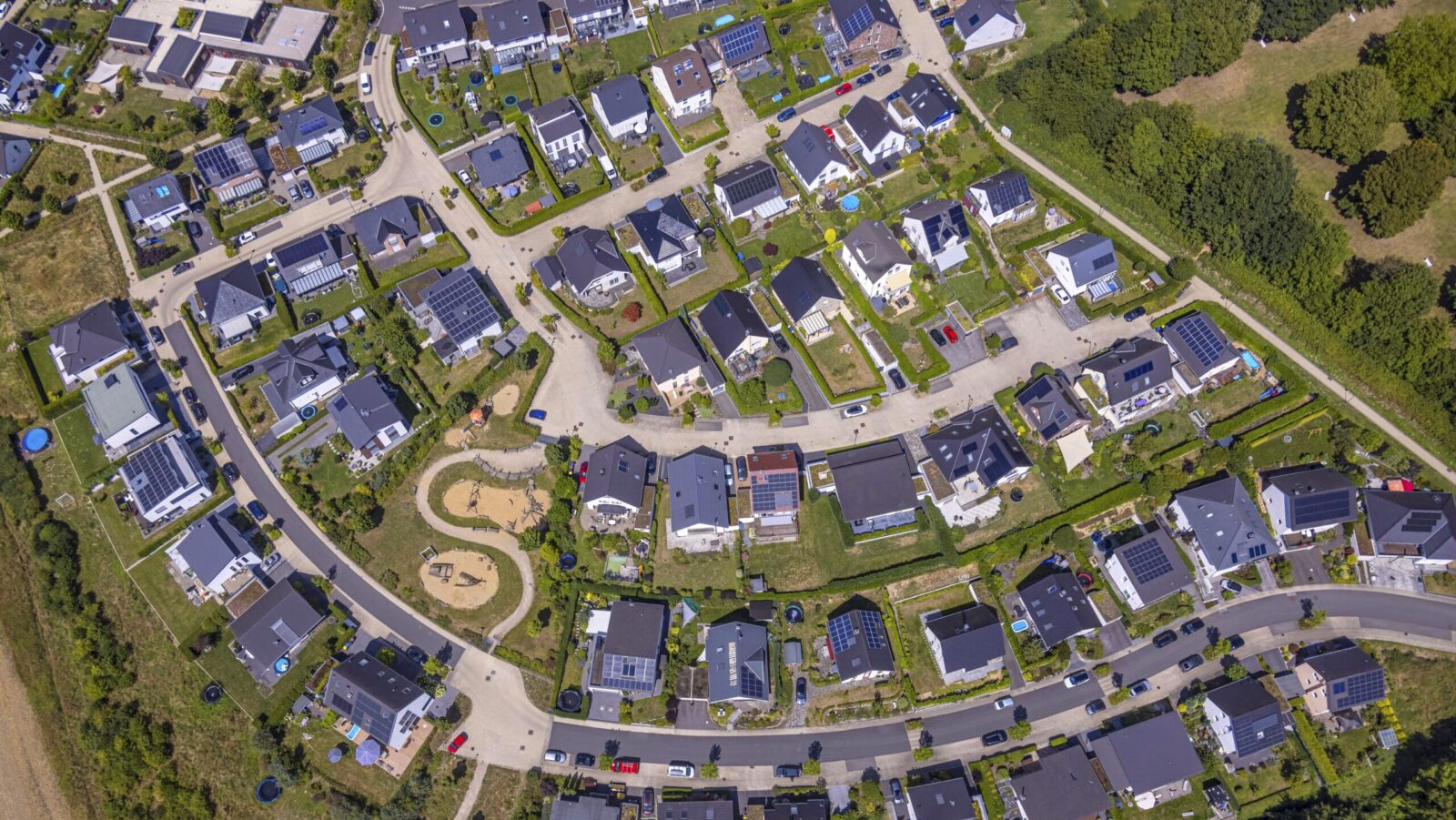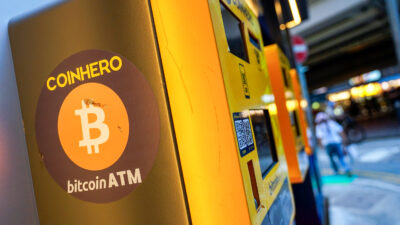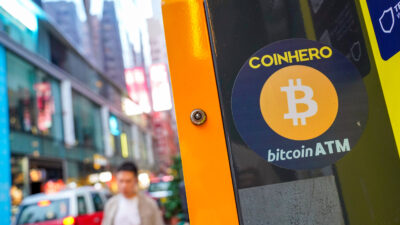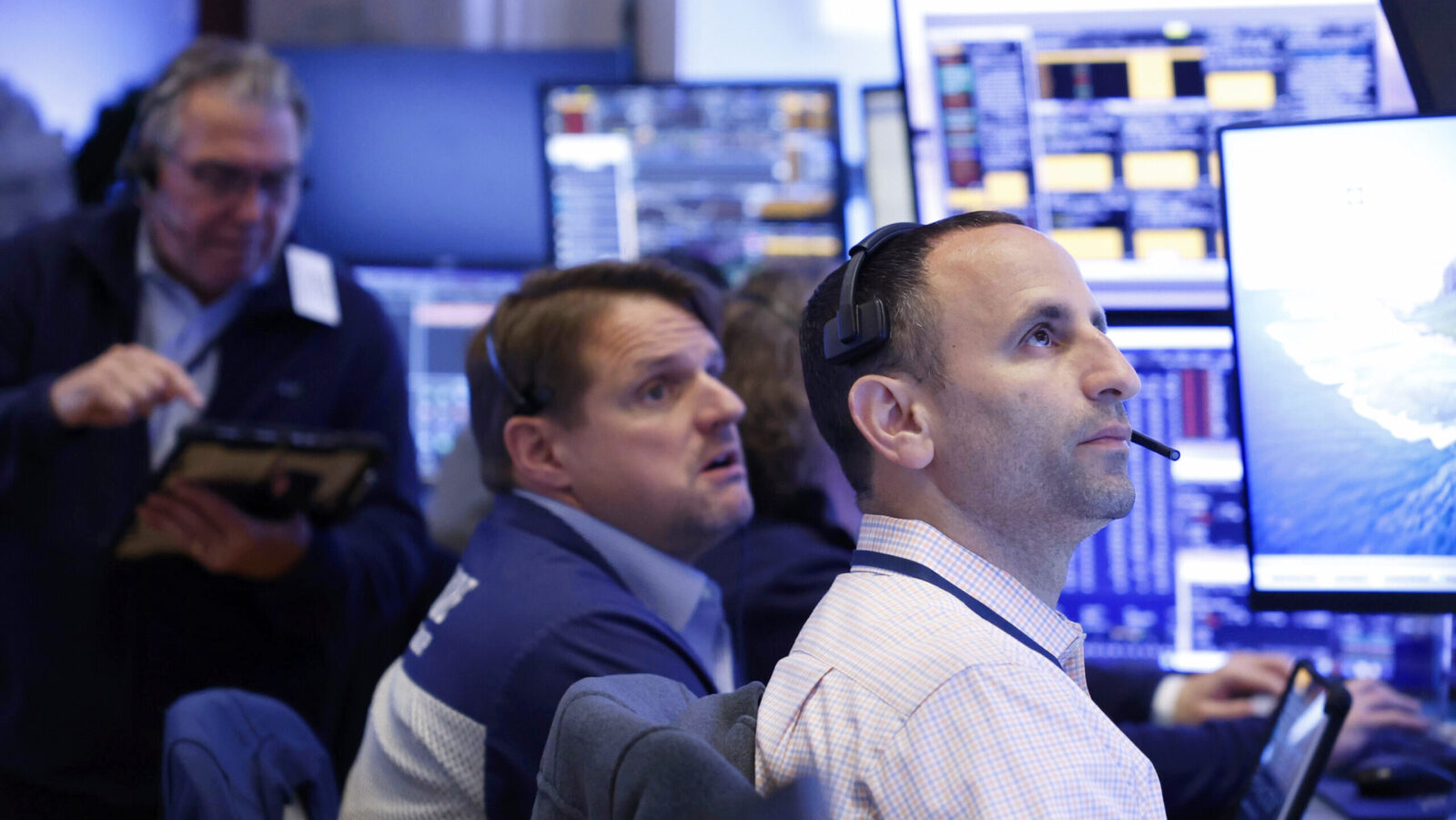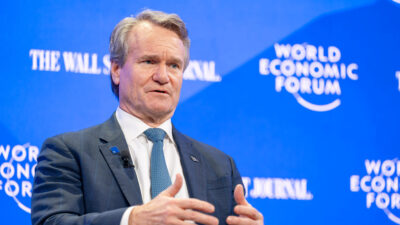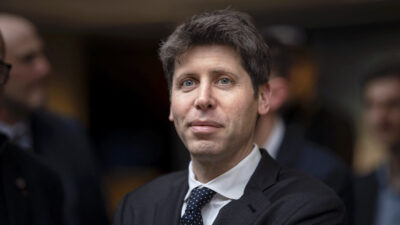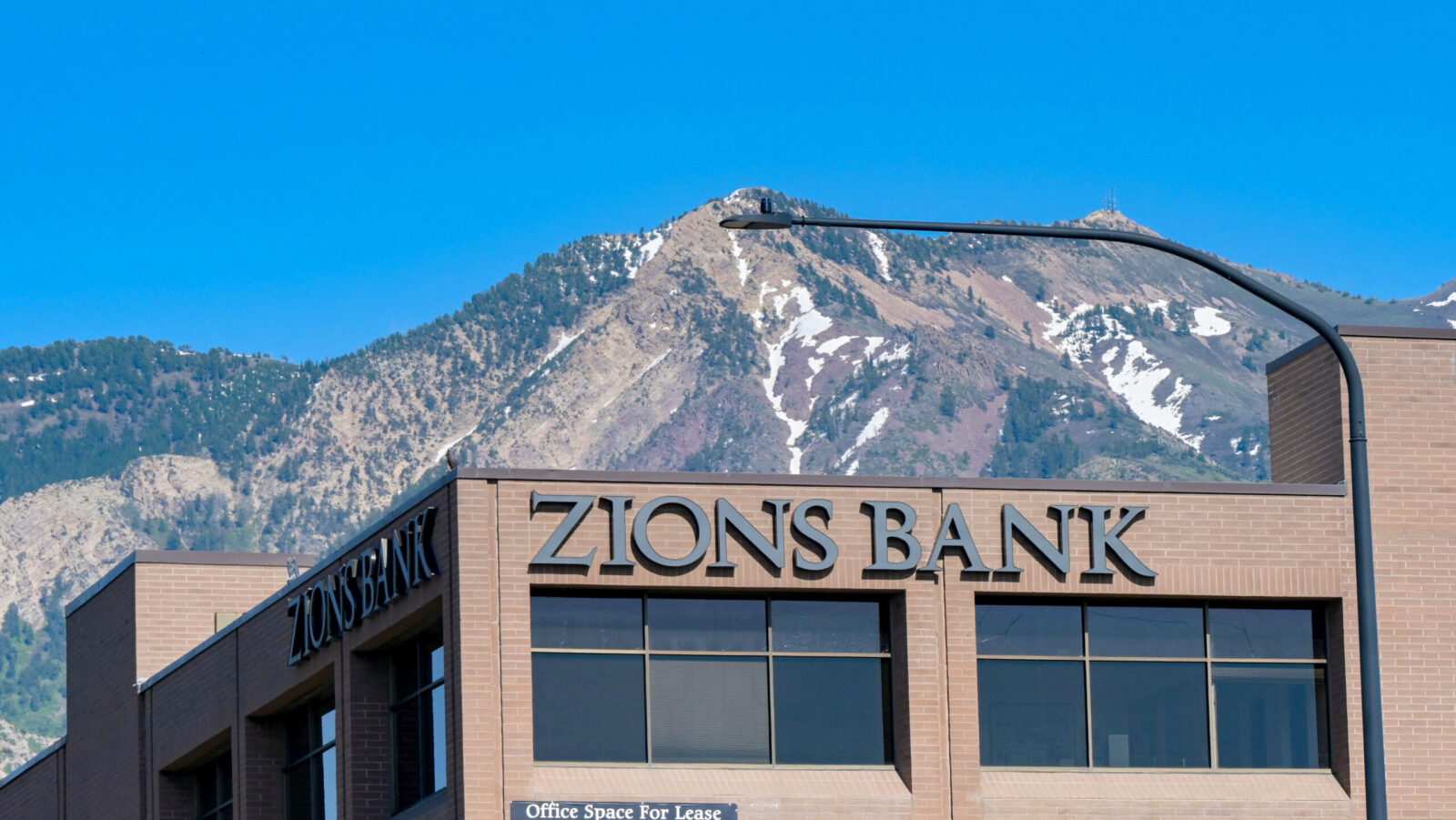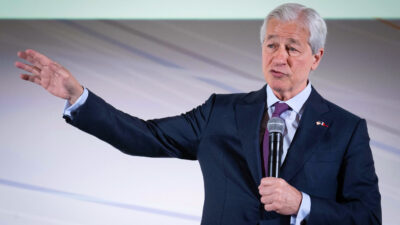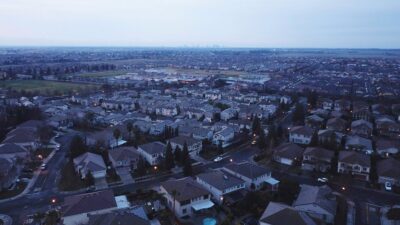Can the Big Apple’s Office-Tower Revival Turn into a Trendsetter?
While the pain to building owners has been deep and long-lasting, the predictions of Office Armageddon are proving somewhat premature.
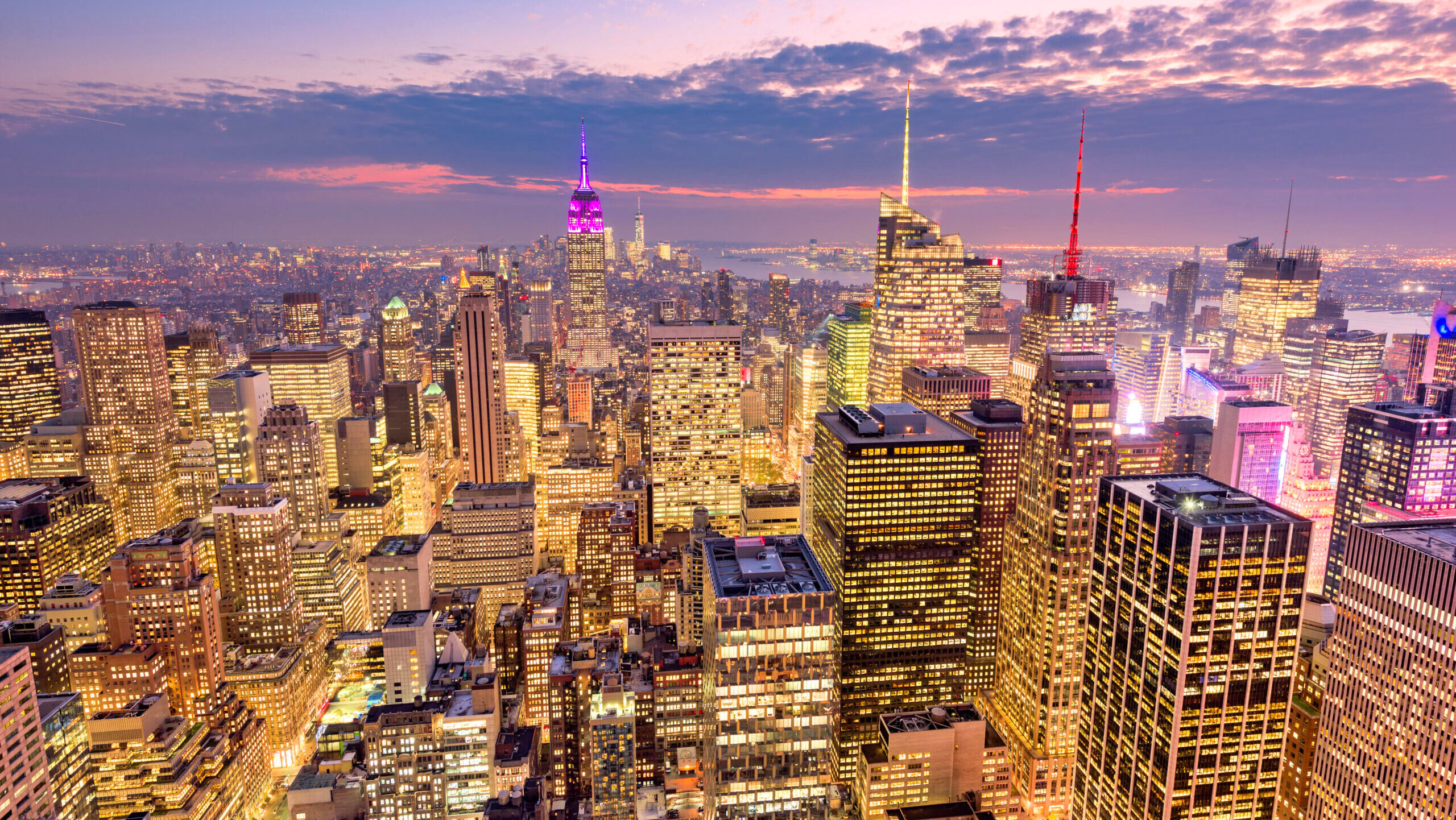
Sign up for smart news, insights, and analysis on the biggest financial stories of the day.
Performers from the 20th-century Sultan of Swoon (Frank Sinatra) to the newly minted World’s Richest Musician (Jay-Z) have promised generations of listeners that if you can make it in New York, you can make it anywhere.
Commercial real estate owners, especially those behind the high-rise office buildings that power America’s urban centers, symbolizing “Succession”-style wealth and power, hope the premise still holds. Office-leasing volume in the city that never sleeps reached 14.3 million square feet in the first half of this year, according to global real estate company JLL, the largest total since 2019 — the year before the COVID-19 pandemic turned the lucrative market upside down.
View From the Cubicle
By the next year, businesses were abandoning pricey office leases, and executives were bragging on earnings calls about how much they were saving on overhead, prompting predictions that the salad days of big city office buildings were over. But while the pain for building owners was profound, the predictions of Office Armageddon proved somewhat premature.
“Office owners have experienced a lengthy correction, but there are signs that some segments of the market are finally on an upward path,” Tom Leahy, executive director of research and development for finance company MSCI, wrote in a blog post this summer.
Office occupancy in Asian cities has returned almost to pre-COVID norms, according to MSCI. While vacancy rates remain elevated in Europe and North America, they have picked up in global centers like New York, where office leasing this January was 36% above the 10-year average for the month.
“We’re moving in the direction of getting people more into the office,” Kathryn Wylde, CEO of the Partnership for New York City, said on the “From Where I Sit” podcast in May. “In addition, there’s been a tremendous investment in new offices and renovated offices and amenities in those offices. So people have much more fun coming to work in a brand-new office with a ping pong table and a coffee bar, etc., than sitting at home in a studio apartment with three roommates.”
Among the deals bearing out Wylde’s assessment so far this year:
- Professional services firm Deloitte has agreed to lease roughly 75% of the space at 70 Hudson Yards, a new skyscraper in Midtown.
- New York University is renting more than 1 million square feet in the former Wannamaker’s department store in Greenwich Village.
The most iconic development, however, may be the opening of JPMorgan Chase’s new headquarters on Park Avenue. CEO Jamie Dimon announced plans for the building in 2018, two years before the pandemic, and employees of the bank, the largest in the US, with more than $4 trillion in assets, are moving in this fall. The 60-story skyscraper, completely powered by renewable energy, has outdoor terraces with natural green space and amenities from fitness areas to yoga and cycling rooms. (Not to mention automatic solar shades for sweltering summer afternoons when glass facades can magnify the sun’s heat, wilting even a cable news anchor’s airbrushed perfection.) It’s a “long-term investment in our business and New York City’s future,” says Dimon.
Realty Check: For commercial real estate developers, the question now is whether the $3 billion addition to the “concrete jungle dreams are made of” will inspire an office rebound in more major metro markets. City streets outside New York might start making people, or at least office workers, “feel brand new,” too.
